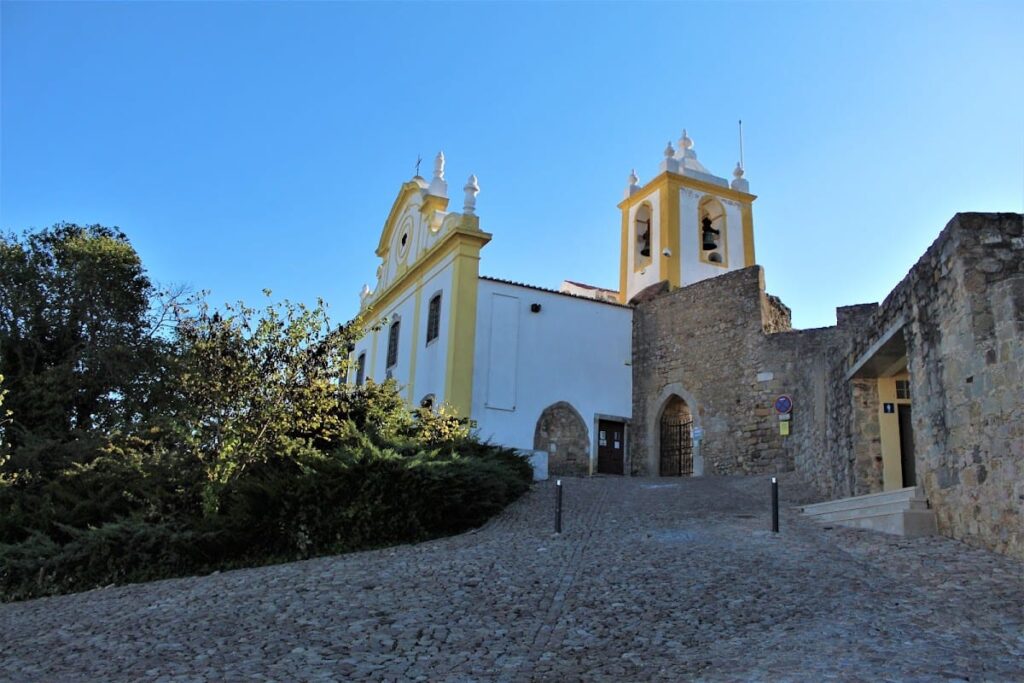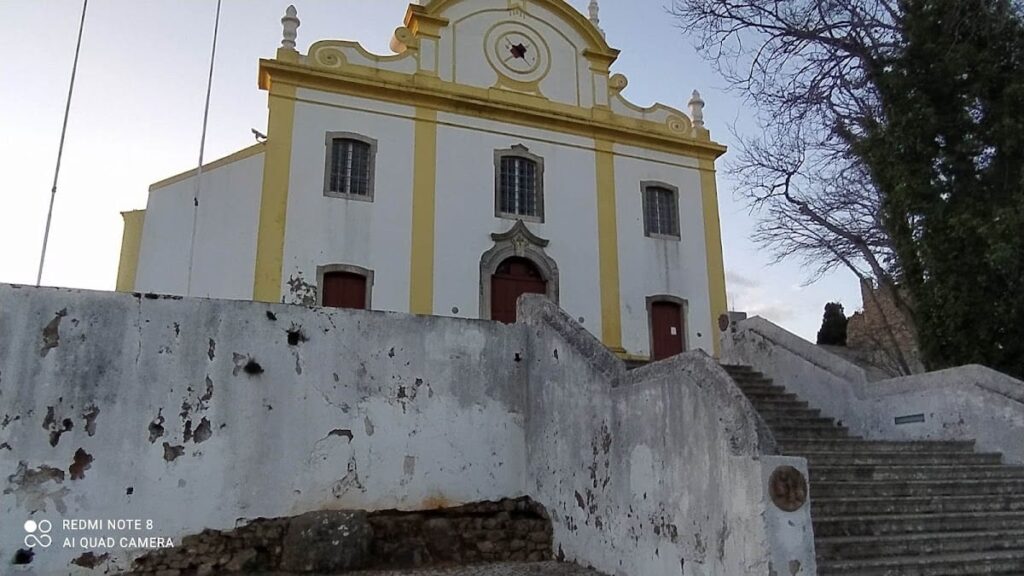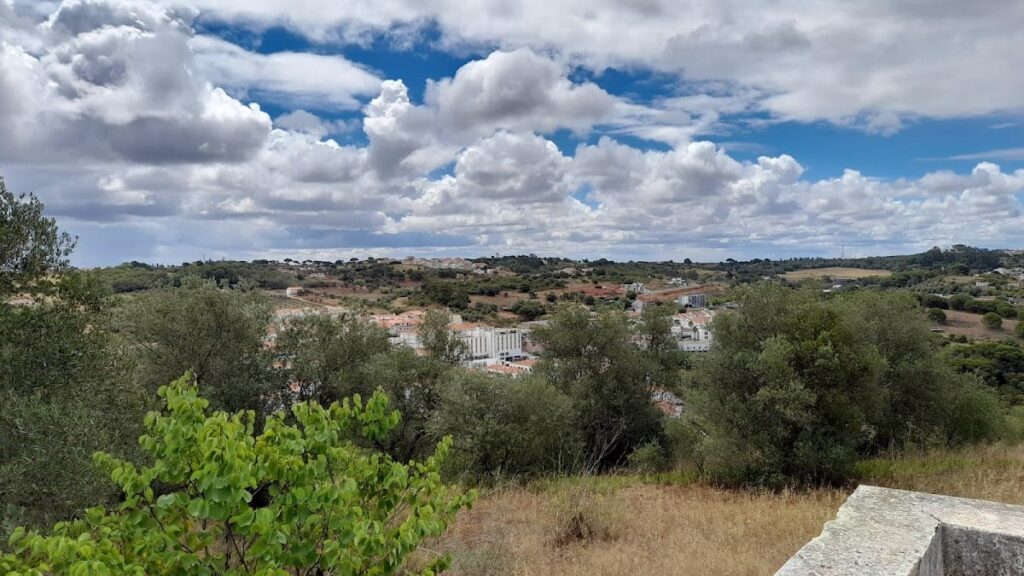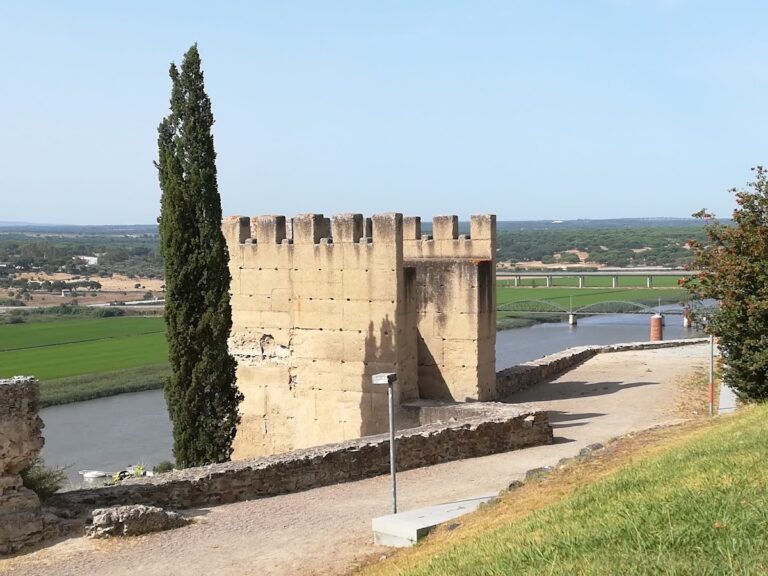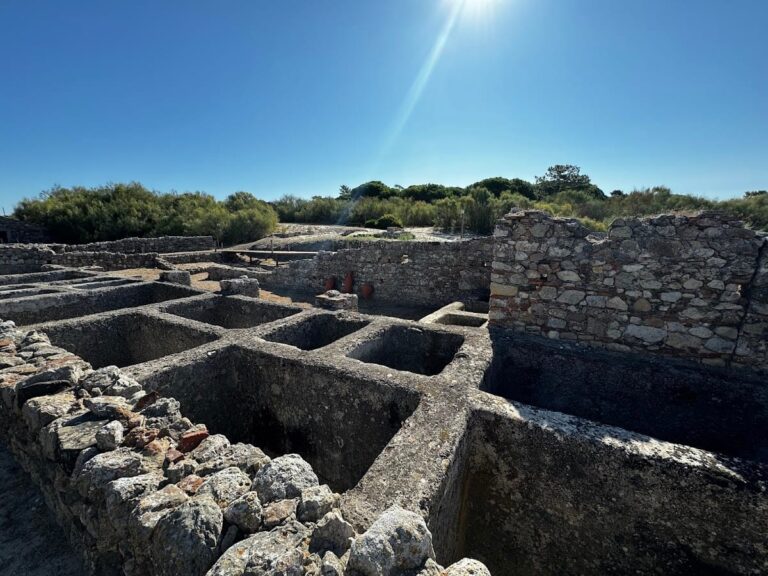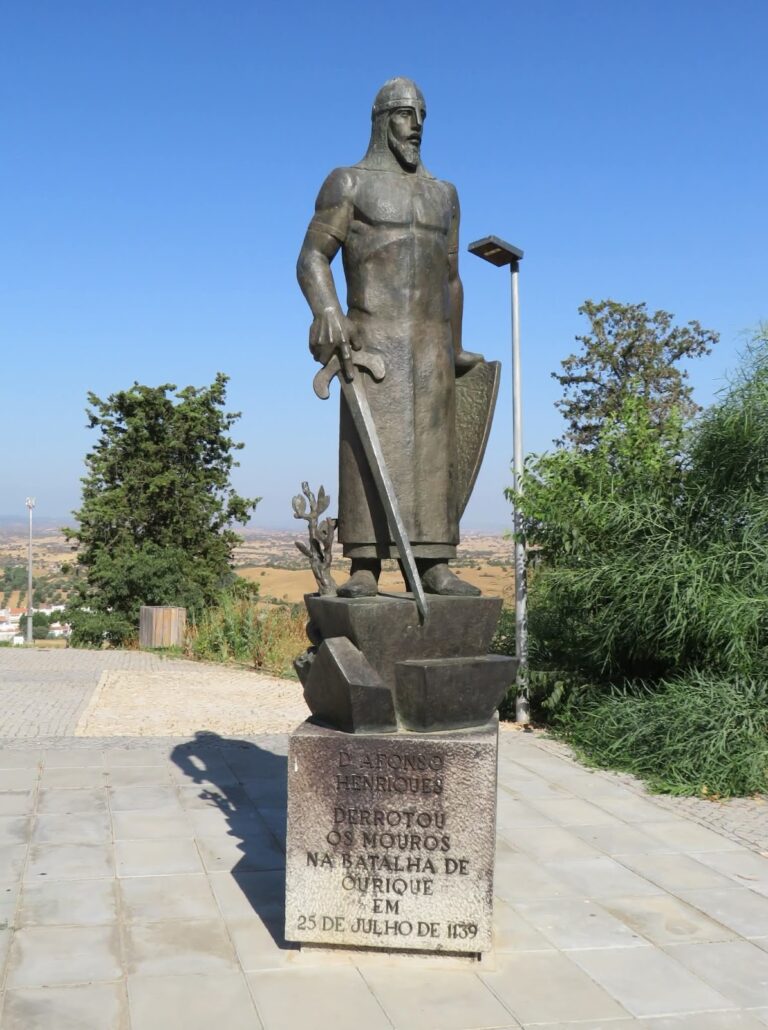Santiago do Cacém: A Historic Castle in Southwestern Portugal
Visitor Information
Google Rating: 4.2
Popularity: Low
Google Maps: View on Google Maps
Country: Portugal
Civilization: Medieval European
Remains: Military
History
The site of Santiago do Cacém, located in southwestern Portugal, has a long history of occupation beginning with Celtic tribes. During Roman times, it was known as Miróbriga and belonged to the conventual jurisdiction of Pax Júlia, now modern Beja. In the early 5th century, the Alans settled in the area but moved in the 6th century to a nearby hill closer to the sea. This new settlement was later controlled by the Visigoths and then by Muslims from the early 8th century, who called it Kassen.
The castle itself was built by the Moors during their occupation. In 1158, forces of Afonso I of Portugal captured Santiago do Cacém, but it was soon retaken by the Almohad Caliphate around 1190-1191. In 1186, King Sancho I granted the lands, including Santiago do Cacém, to the Order of Santiago. The town definitively came under Portuguese control in 1217 during the reign of Afonso II, with the Order tasked with rebuilding the castle’s defenses. From this time, the settlement adopted the name Santiago do Cacém.
During the reign of King Denis (1279-1325), the castle was held by Vataça Lascaris, a companion of Queen Elizabeth of Aragon, between 1315 and 1336. Afterward, control returned to the Order of Santiago. In the 1383-1385 crisis, Santiago do Cacém was among the first to support King John I, with the Order providing military and financial aid. The town received a new charter, known as the Foral Novo, in 1512 under King Manuel I.
In 1594, Philip II of Spain granted the castle to the Dukes of Aveiro. After the Portuguese Restoration War in the late 17th century, the castle lost its strategic importance. It returned to Crown ownership in 1759 and was gradually abandoned, falling into ruin. In the 19th century, the castle’s interior was repurposed as the town cemetery. The site was declared a National Monument in 1910, and recent efforts have focused on its consolidation and restoration.
Remains
The castle has a roughly rectangular layout, with its longest side measuring about 190 meters. Its walls preserve parts of the original Islamic fortifications. The battlemented walls are reinforced by ten towers, a combination of square and semi-cylindrical shapes, all featuring crenellations. The outer defenses include a barbican, which is also strengthened by turrets.
A notable feature of the castle is its donjon, or keep, which stands prominently within the fortification. Attached to the southeast section of the walls is the old Matriz Church of Santiago. This church shows architectural elements from early Romanesque and Gothic styles, along with later modifications. Inside the church, there is a sculptural relief group depicting Saint James fighting the Moors. The south portico of the church is decorated with animal-shaped (zoomorphic) motifs.
Within the medieval citadel, remnants of the original alcazaba, the Moorish fortress, still survive. The castle is situated on a modest hill about 250 meters high, approximately 15 kilometers from the Atlantic coast and the port of Sines. This location allowed control over the surrounding plain. The castle’s walls and towers have undergone restoration to preserve their structure, though some areas remain in a ruined state.

